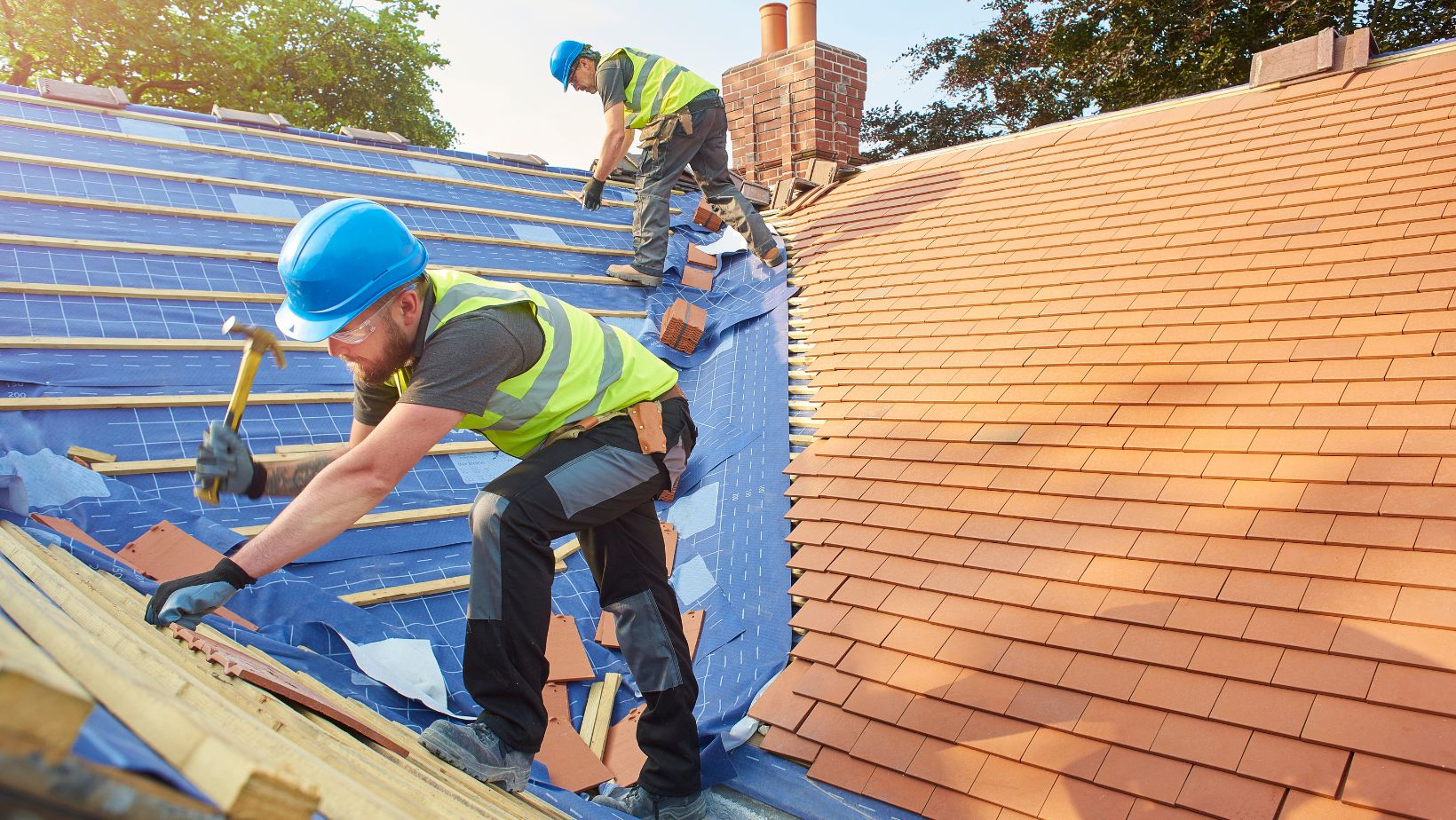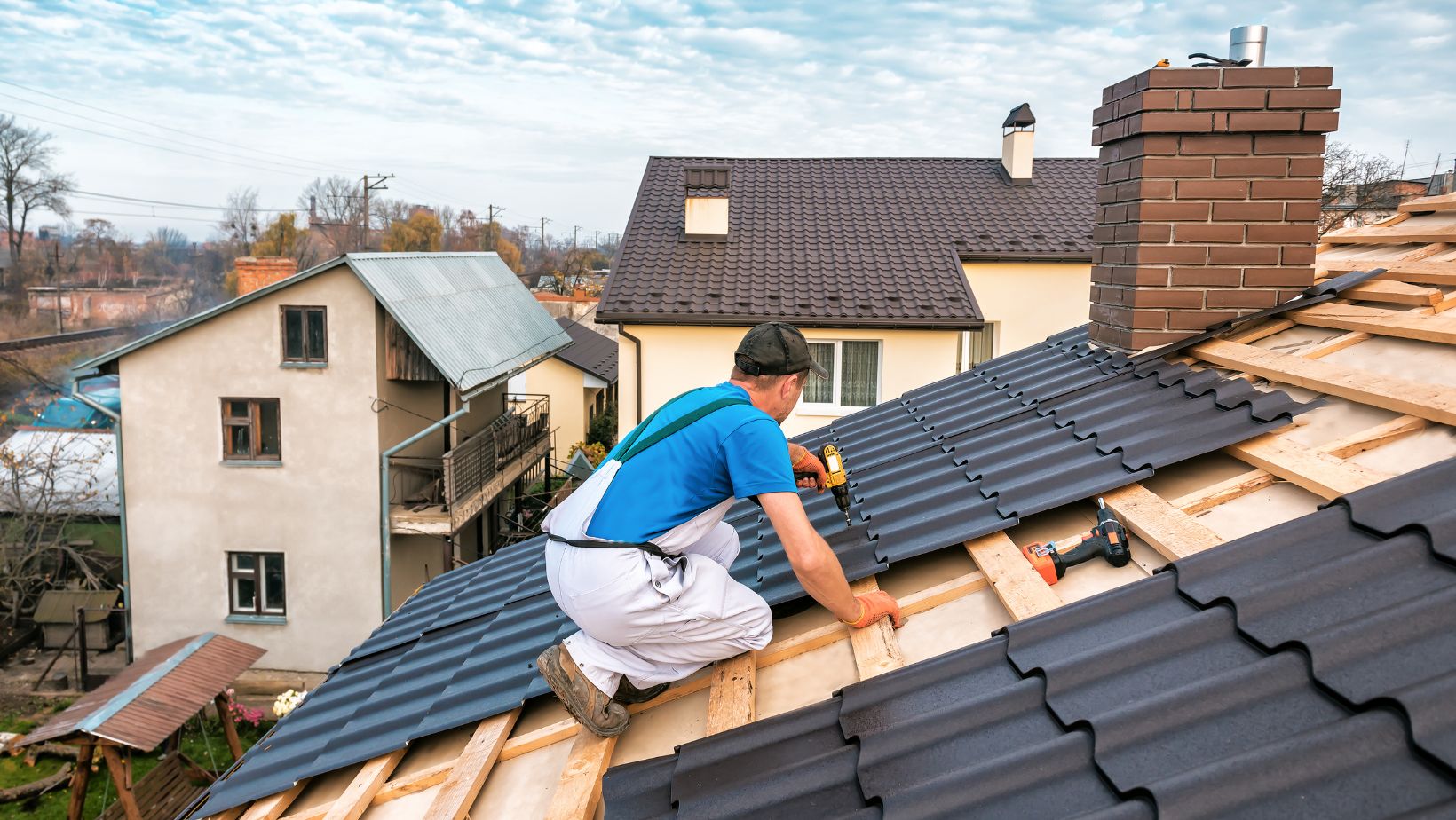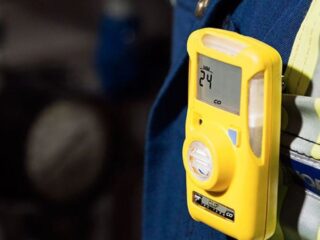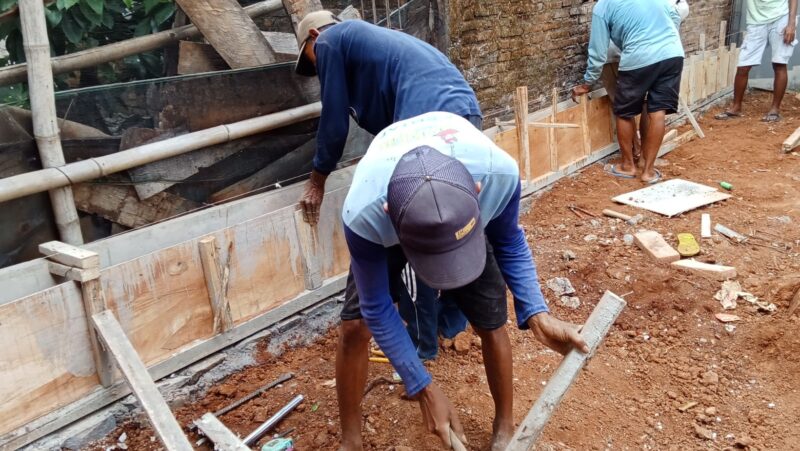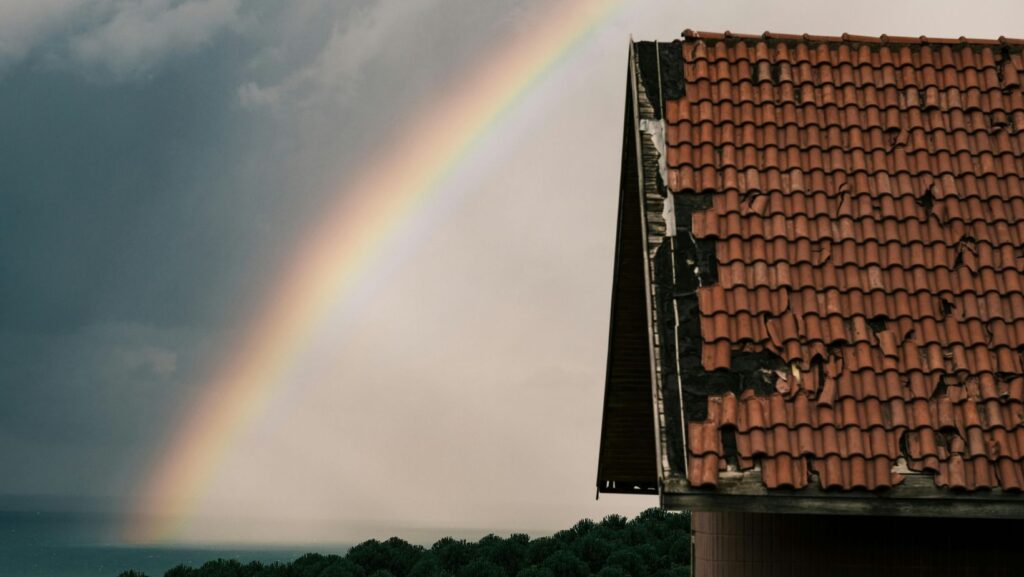
After a storm, many homeowners only inspect their roofs if a serious problem like hanging gutters or a leak is detected. However, any storm can leave significant distractions on your roof, and that’s why you must inspect it to ensure everything is in great shape. Even if there are no clear signs of damage visible from the ground, your roof might sustain damage from the heavy boots of hail and debris from a wind or rain storm. Below, we’ll look at the most effective tips for inspecting a roof for damage after a storm to ensure everything is in perfect condition.
Choose a Contractor Wisely
Most of the time, homeowners can complete a roofing inspection alone, especially when it’s a light storm, and the roof was inspected and maintained just before the storm. However, you’ll need the services of an experienced roofing contractor, like the Alexandria roofing company, to help with extensive inspection in the case of a heavy storm.
Experienced local contractors will get on top of your roof to check for any areas of weakness and detect any potential problems you may not have spotted on your own. They also have the requisite tools for inspecting your roof, which means you can rest assured there’s nothing to worry about after the inspection.
Gather the Right Tools and Prioritize Safety
If you’re going alone, you must ensure you have the right tools and equipment before climbing up your roof.
Some of the most effective tools you’ll need include:
- A strong ladder for climbing the roof safely
- Gloves and non-slip shoes to reduce the possibility of sliding
- Binoculars for checking high-spot areas when you’re not climbing the roof
- A smartphone or camera for taking photos of damaged areas
- A flashlight for dark corners
Even with all these tools, only climb up there when it’s much safer to do so. You might want to postpone the inspection if it’s already too dark to climb the roof unless the damage is too big to ignore. Immediate inspections after a storm can be hazardous, especially because of wet, slippery surfaces and loose debris on the roof. While up there, ensure someone knows you’re on the roof in case of an emergency.
Inspect Your Home
Once you have everything in place, start inspecting your home from the ground up. Check the roof for any broken gutters or damaged shingles. If your roof is fully or partially blown away, be extra careful when checking your attic, as there may be significant water leakage into your attic.
Check for other home damages like broken windows and doors, dents in your lawns, and fallen trees or debris. Any damage to your home or next to it could be a potential cause for damage to your roof. Ensure you check everywhere for all-around repairs and reconstructions.
Take Pictures of the Visible Damages
Whether you’re doing the inspection alone or hiring a contractor, ensure high-quality pictures are taken of the roof’s extent of damage.
These pictures can help with documentation and processing of insurance claims in cases where extensive damages were sustained. A detailed written explanation should accompany the pictures to explain what needs to be repaired and the estimated cost of repair.
If the roof damages warrant an insurance claim, you can follow it up for compensation through your attorneys. You only have to ensure the pictures to be used as evidence for your claim are clear enough and have the right date and time. However, you can take care of smaller repairs that don’t warrant an insurance claim after a price agreement with your contractor.
As a homeowner, you must master how to inspect your roof effectively after a storm. This will help in times when your regular contractor is not available for emergency inspection services. You can quickly run inspections to catch issues early and find timely solutions.

